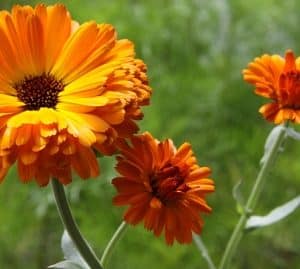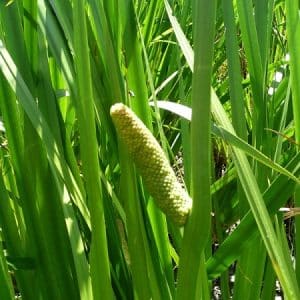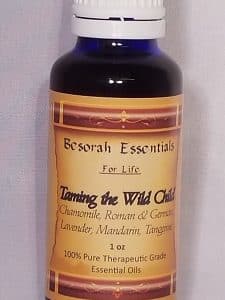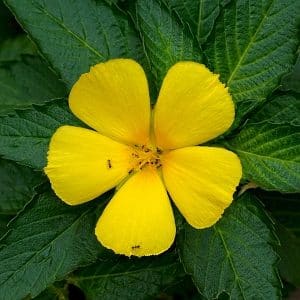Native to southeastern Europe, western Asia, and North Africa, carob is derived from a evergreen tree, growing to thirty feet, having compound leaves, green flowers, and large violet-brown bean pods. Carob flourishes in poor soil in warm climates; and, it is said, that it “wants the sight of the sea”. It is widely cultivated for its fruits which are the pods.
In ancient Egypt, carob pods were combined with porridge, honey, and wax as a remedy for diarrhea. It was also featured in recipes for expelling worms and in the treatment of poor eyesight and eye infections.
In the 1st century CE, Dioscorides wrote that carob acted to relieve stomach pain and settle the digestion.
Carob was also prominent in the rituals of the early Christian Church.
As a flour, the herb has gained more prominence as a substitute for chocolate, although the flavours are not at all similar.
Key Actions
Key Components




